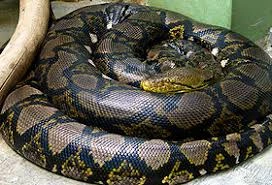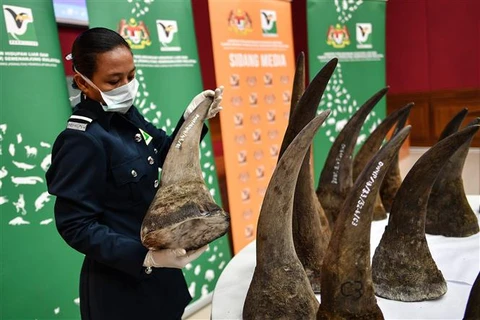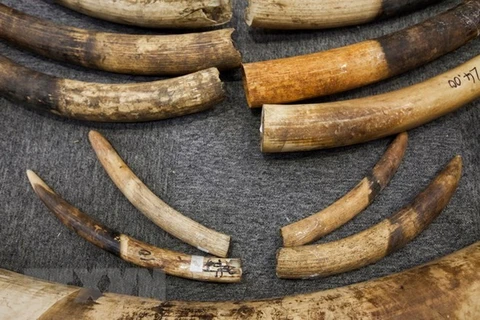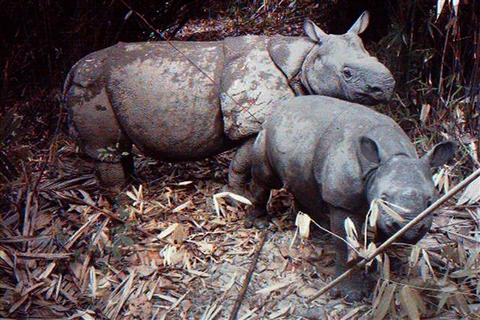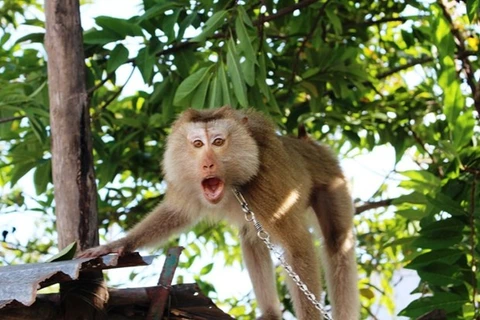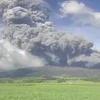Jakarta (VNA) – The world’s biggest documented species of bee, which had not been seen since 1981, has recently been rediscovered in an Indonesian rainforest by a group of scientists from the Global Wildlife Conservation (GWC).
The species, commonly known as Wallace’s giant bee, is four times the size of a honeybee, with its females growing a wingspan of more than 6cm and huge, well-developed jaws.
In January, US and Australian conservationists and scientists found a single female bee in the North Moluccas islands in northeast Indonesia. It was living in a termites’ nest in a tree, more than 2m off the ground.
The bee species was first discovered by British naturalist Alfred Russel Wallace in 1858, who described the female of this species as “a large, black, wasp-like insect with immense jaws like a stag beetle”.
Six nests were discovered on the island of Becan in 1981 by Adam Messer, an American entomologist. Despite its unusually large size, the insects had not been seen since and were thought to have died out.
Eli Wyman, a member of the research group from the US’ Princeton University, hoped that the discovery of the bee will help scientists gain deeper insight into this unique insect and save it from extinction. –VNA
The species, commonly known as Wallace’s giant bee, is four times the size of a honeybee, with its females growing a wingspan of more than 6cm and huge, well-developed jaws.
In January, US and Australian conservationists and scientists found a single female bee in the North Moluccas islands in northeast Indonesia. It was living in a termites’ nest in a tree, more than 2m off the ground.
The bee species was first discovered by British naturalist Alfred Russel Wallace in 1858, who described the female of this species as “a large, black, wasp-like insect with immense jaws like a stag beetle”.
Six nests were discovered on the island of Becan in 1981 by Adam Messer, an American entomologist. Despite its unusually large size, the insects had not been seen since and were thought to have died out.
Eli Wyman, a member of the research group from the US’ Princeton University, hoped that the discovery of the bee will help scientists gain deeper insight into this unique insect and save it from extinction. –VNA
VNA

